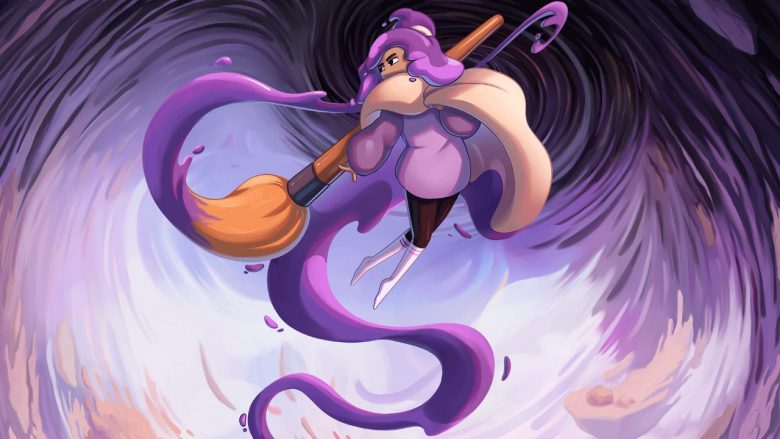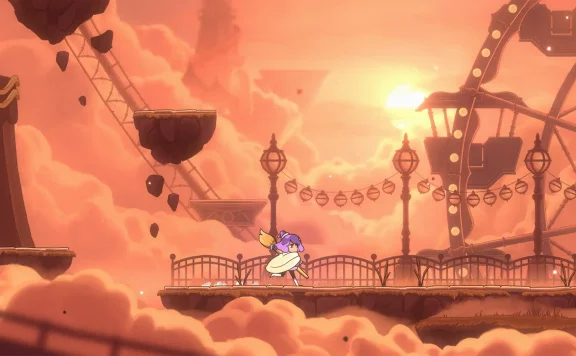Having dealt with burnout personally a few years ago, I can confirm it isn’t an easy thing to make a fun game about. Mental health issues by definition require a careful approach, and many of the games that have attempted it over the years have struggled to strike a balance between compelling gameplay and respectful portrayal. This year’s Wanderstop managed to convey its message about burnout smoothly while also delivering a beautifully reflective tea-brewing sim, and now Constance is doing something similar via the medium of Metroidvania.
The story here takes some time to unfold, but suffice to say that protagonist Constance lives two existences. The first is in the real world, where she works as a graphic designer under constant barrage from needy clients, expectant customers, and over-bearing employers. There are segments in the real world that present pretty mundane tasks as she edits videos and alters logos, answering emails and calls that build into a deluge. The way these sections are handled is interesting, too. She’s not bullied or henpecked; the world isn’t mean and out to get her. She’s simply a normal person overwhelmed by the stress of working life and it makes her tribulations incredibly relatable.

What’s intentionally much less relatable is the fantasy world into which Constance retreats, where she uses her passion for art – symbolised by a giant magical paintbrush always dripping with lavender paint – to help defend the people against an army of oppressive machines. Interestingly, many of the enemies in Constance resemble corrupted office-ware like phones, which gives you some idea of how she sees herself.
Regardless of how invested you get in the story or Constance’s plight, the two story threads are so separate for much of the game that it’s easy to forget about the “real”. Instead, you’ll focus on Constance herself as she traverses a dangerous world, filled with deadly enemies, lethal traps, and hidden secrets.
While it leans towards the harder end of the difficulty spectrum, the actual Metroidvania-style gameplay is fairly unsurprising. As you travel through various biomes searching for four magical Tears with which to clear threads of corruption in Janky Junction and free the tangled train, you’ll come across locked doors or barred paths and need to search for the power, item, or puzzle that clears the way.
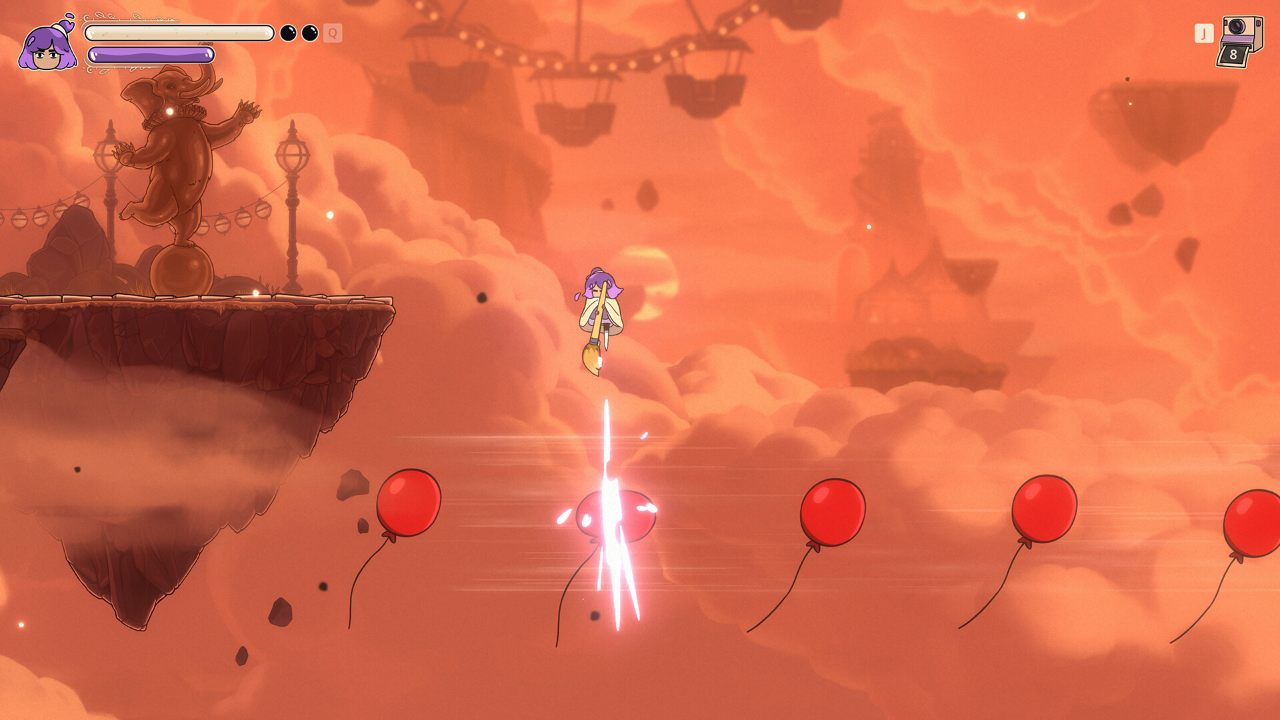
I should point out, by the way, that Constance doesn’t put an awful lot into context for you. You’re in this world, the random people you meet declare you their destined hero, and off you go. Initially you’re only able to attack with your brush, but soon you’ll unlock a variety of powers. A Paint Dive essentially gives you an i-frame dodge, while you can also activate a heavy attack with your brush that temporarily clears black corruption, allowing you to touch or damage corrupted items or enemies.
As you unlock powers the platforming becomes more and more complex. Think Guacamelee but a little more dour and you’ll get the idea. What begins with timed jumps soon has you leaping, paint-diving, transforming into paint and sliding up and down walls, or using what are basically grapple points to slingshot yourself around the map. Enemies don’t respawn between rooms, and only repopulate if you die or rest.
Actually, Constance feels pretty close to Prince of Persia: The Lost Crown, thanks to its intricate physical puzzles, abundance of secret areas, and the photograph mechanic, which it borrowed wholesale from Ubisoft’s game. See something you need to remember? Click a button and you can pin a snapshot to the game map to remind you later.
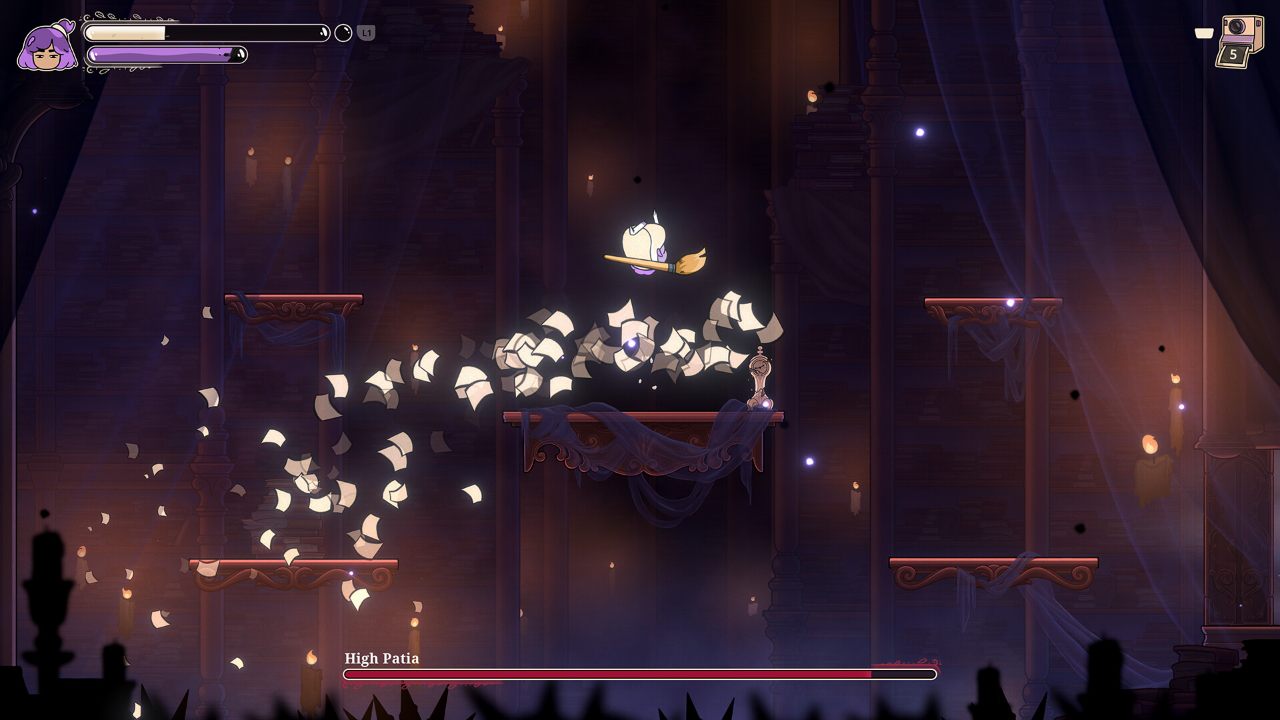
A lot of the runtime is also spent in combat with a wide variety of enemies requiring fast thinking and faster reflexes. If you die you can choose to respawn at a shrine or press on with the “puppeteer’s curse” which makes all the enemies you meet tougher and more dangerous. It’s an interesting mechanic that forces you to weigh up an increase in difficulty against the often very long corpse runs. Thankfully, boss rooms are often positioned close enough to shrines that you won’t need to worry.
The boss battles are mostly highlights. They require patience and precision, as well as a marshalling of all Constance’s skills at once, and will pull out seemingly random moves that test your reflexes. Fail a few times, though, and you’ll start to recognise the patterns. The more skills you unlock and secrets you find in the form of health and paint increases, the better you’ll fare. You’ll also periodically unlock new “Inspirations”, which are permanent buffs you can slot into an ever-increasing grid system, which convey bonuses like health refills on kills, or critical hits with certain attacks. Heals do feel stingy, though, as you can only fill up a health orb by over-healing, which means if you’re taking damage at all it makes it much harder to even get a health refill when you need it. It’s an interesting system, but it feels a little mean-spirited at times.
Constance is a beautiful game, but it’s a beauty that belies some fiendish difficulty spikes. The distance between shrines often forces you to push on with higher difficulty after a death, though it’s ultimately your choice. I did find that combat can be a little hit and miss though, with inconsistent hitboxes and some fairly annoying enemies. That said, Constance is always unlocking new skills and Inspirations, and each one changes the way you approach combat and environmental encounters.
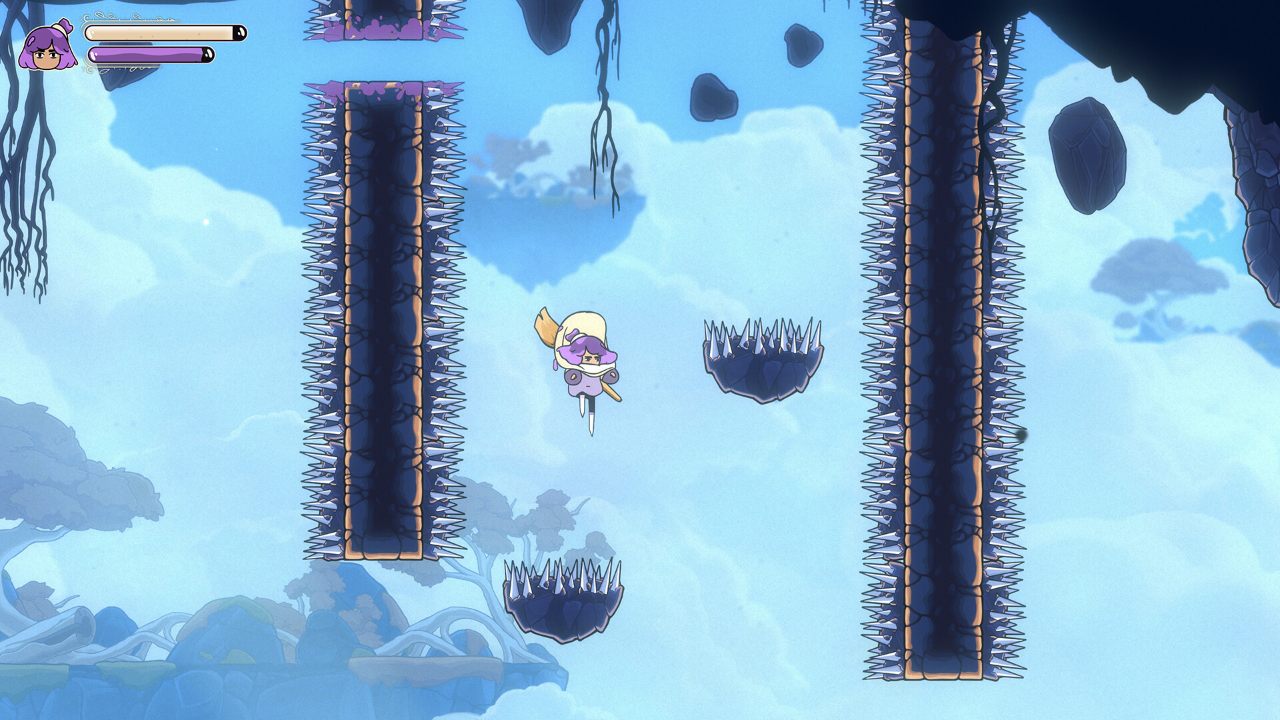
There are moments when Constance feels like it could stand among the best of the genre. It may be frustrating at times, but when you nail the perfect combination of moves to overcome moving platforms, corruption traps, massing enemies, and lethal plunges into the abyss, it’s a great feeling. It’s just a shame that it often takes multiple failed attempts to get there each time. Or at least, it did for me. Your mileage may vary based on your personal level of affinity with such mechanics. If you survived titles like Celeste, you’ll probably be fine. If you made it through Silksong, Constance will feel like a walk in the park.
For a game that deals with such delicate subject matter, though, Constance keeps its cards close to its chest a lot of the time. It can be difficult to follow what’s happening or understand why it’s happening, and a lot of it just seems to be in service of its genre. Yet it feels good to play, the music and art are glorious, and the world is designed well enough that I never wanted to give up, even when I wasn’t sure what was going on. Although it never really does anything we haven’t seen before, Constance is well-made enough to be worthy of your time, and does enough to earn its place in a crowded genre.
